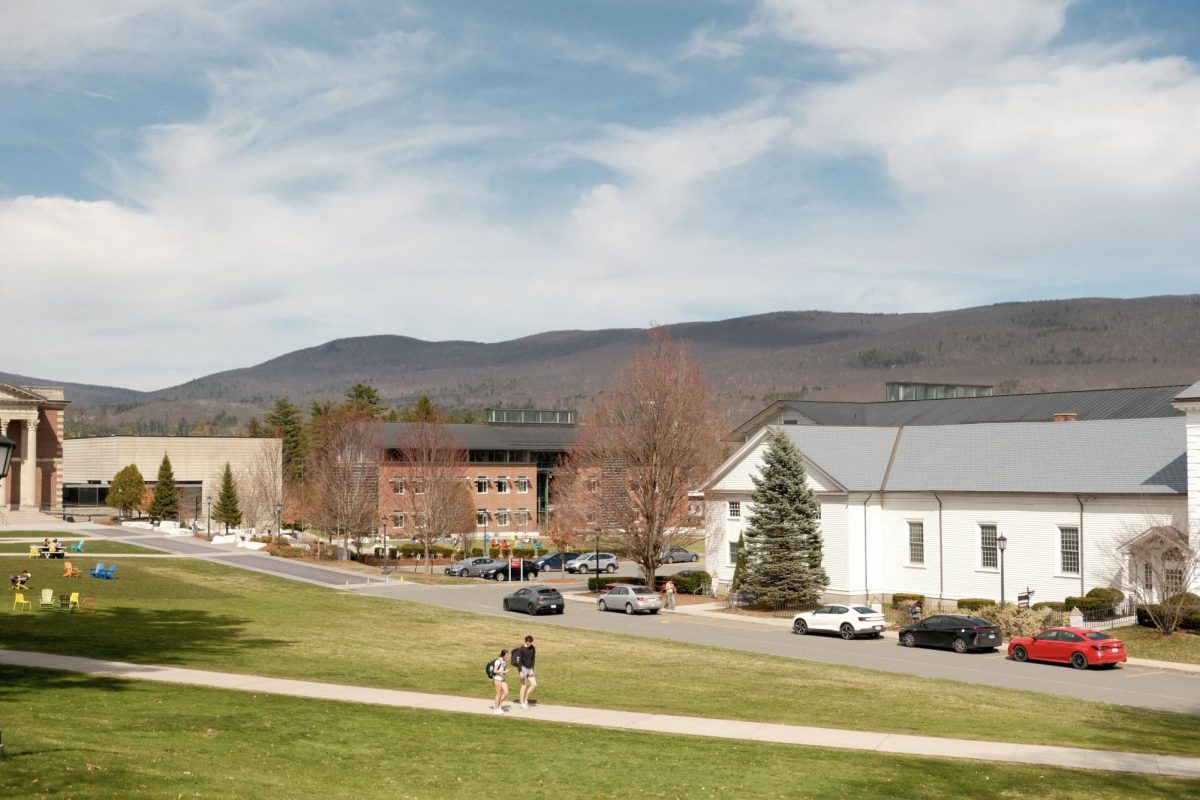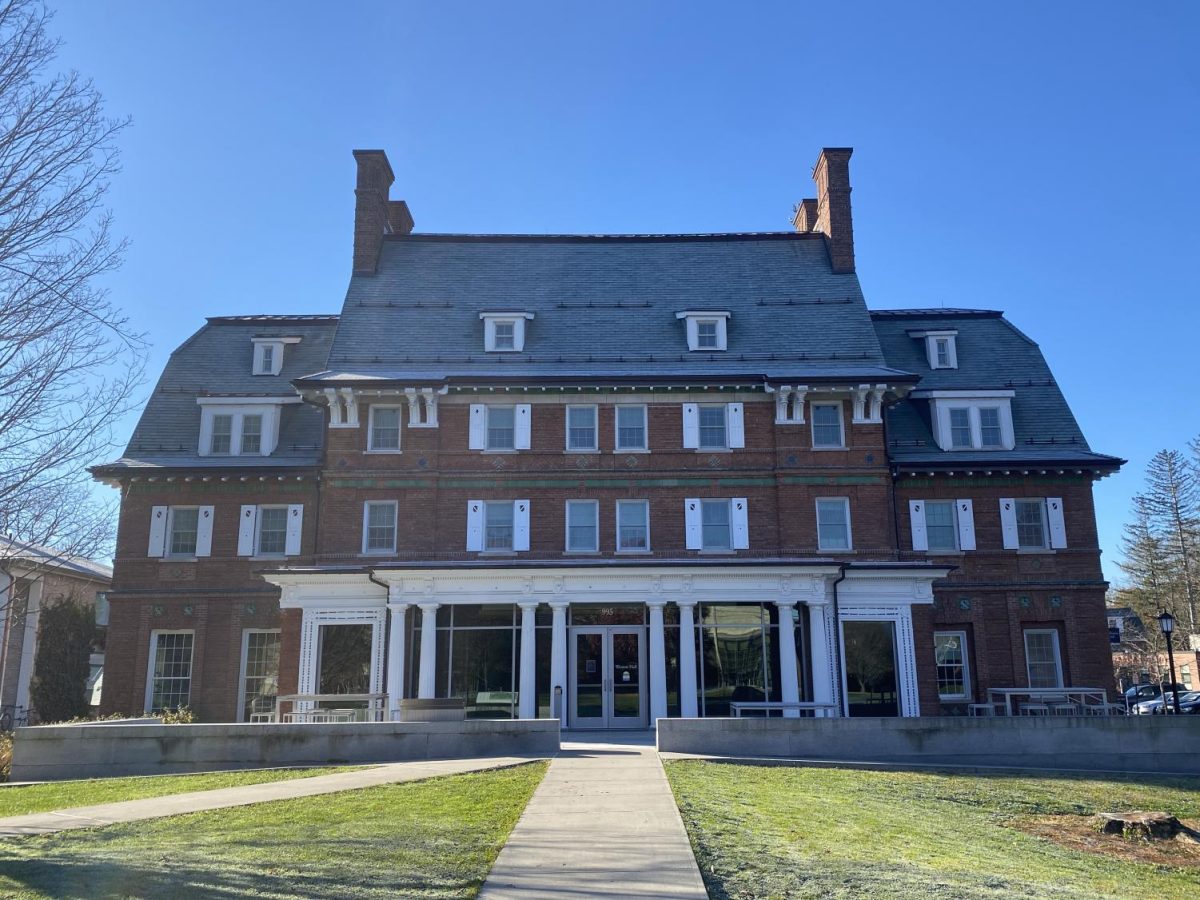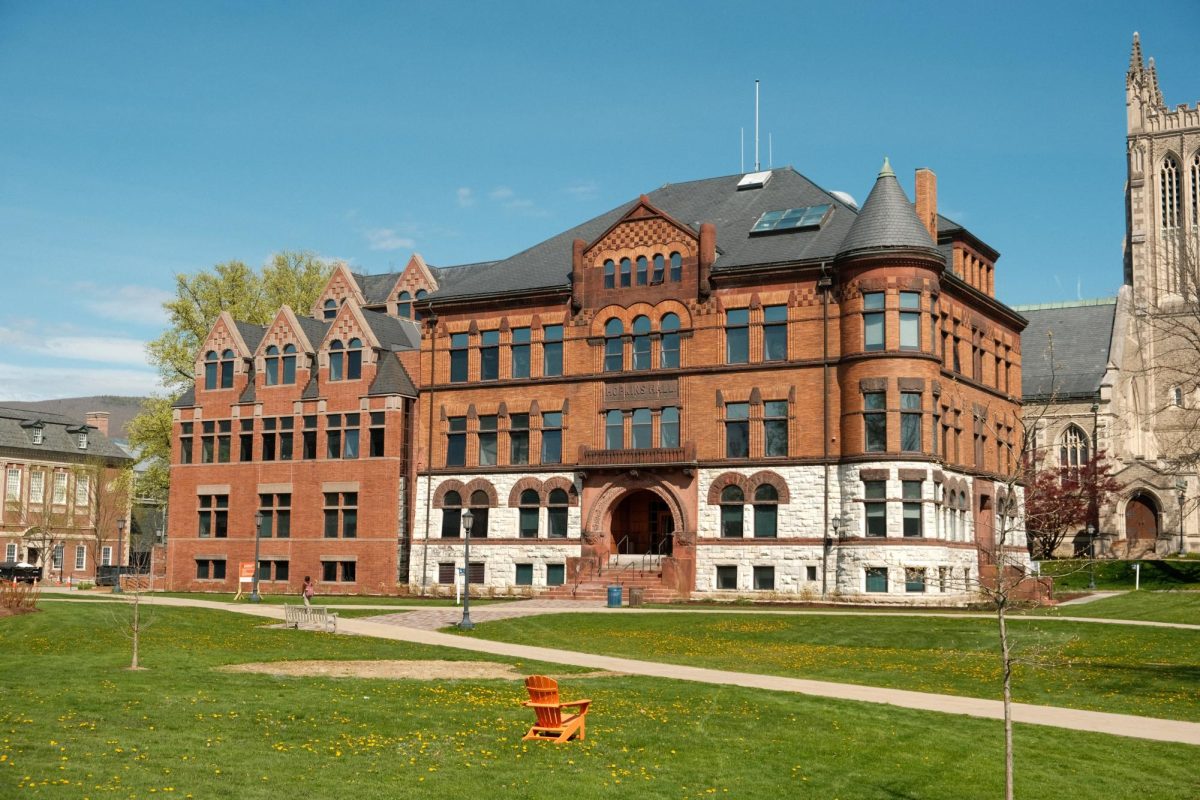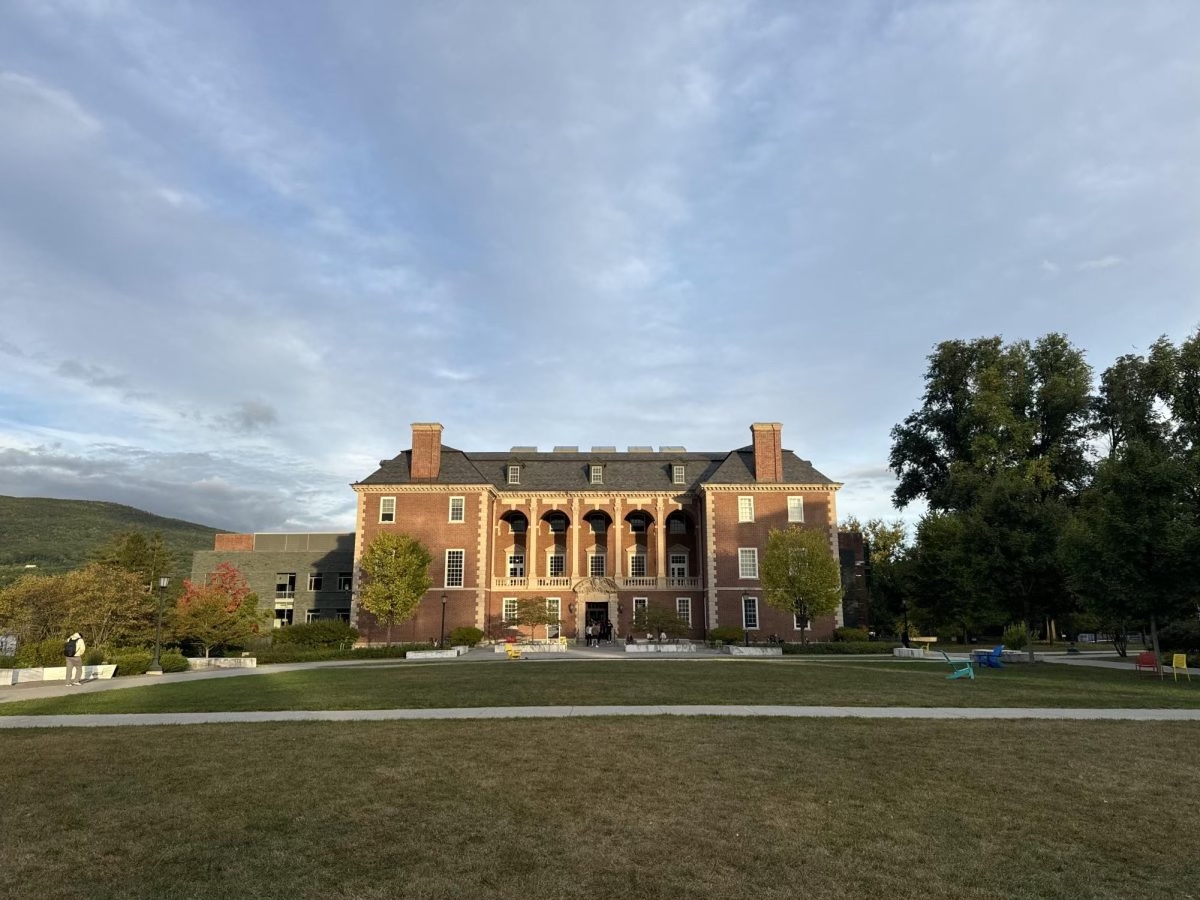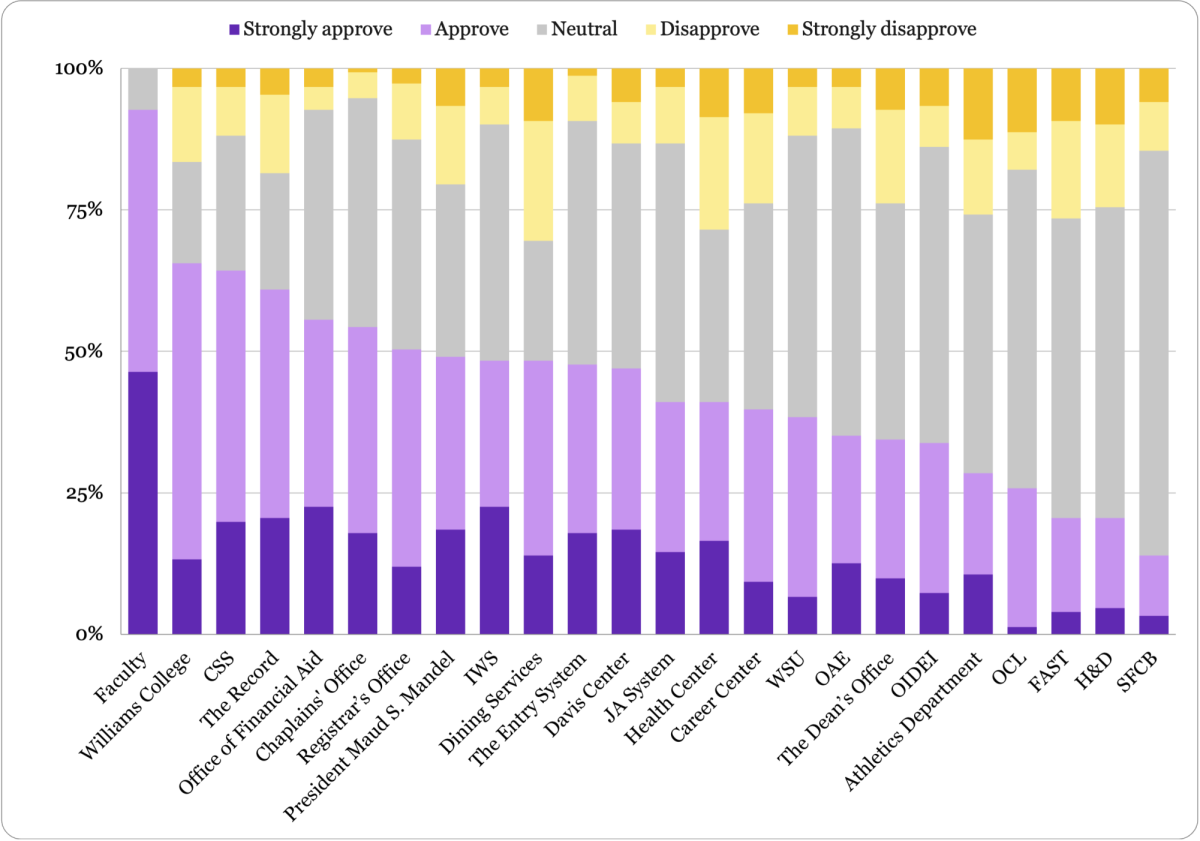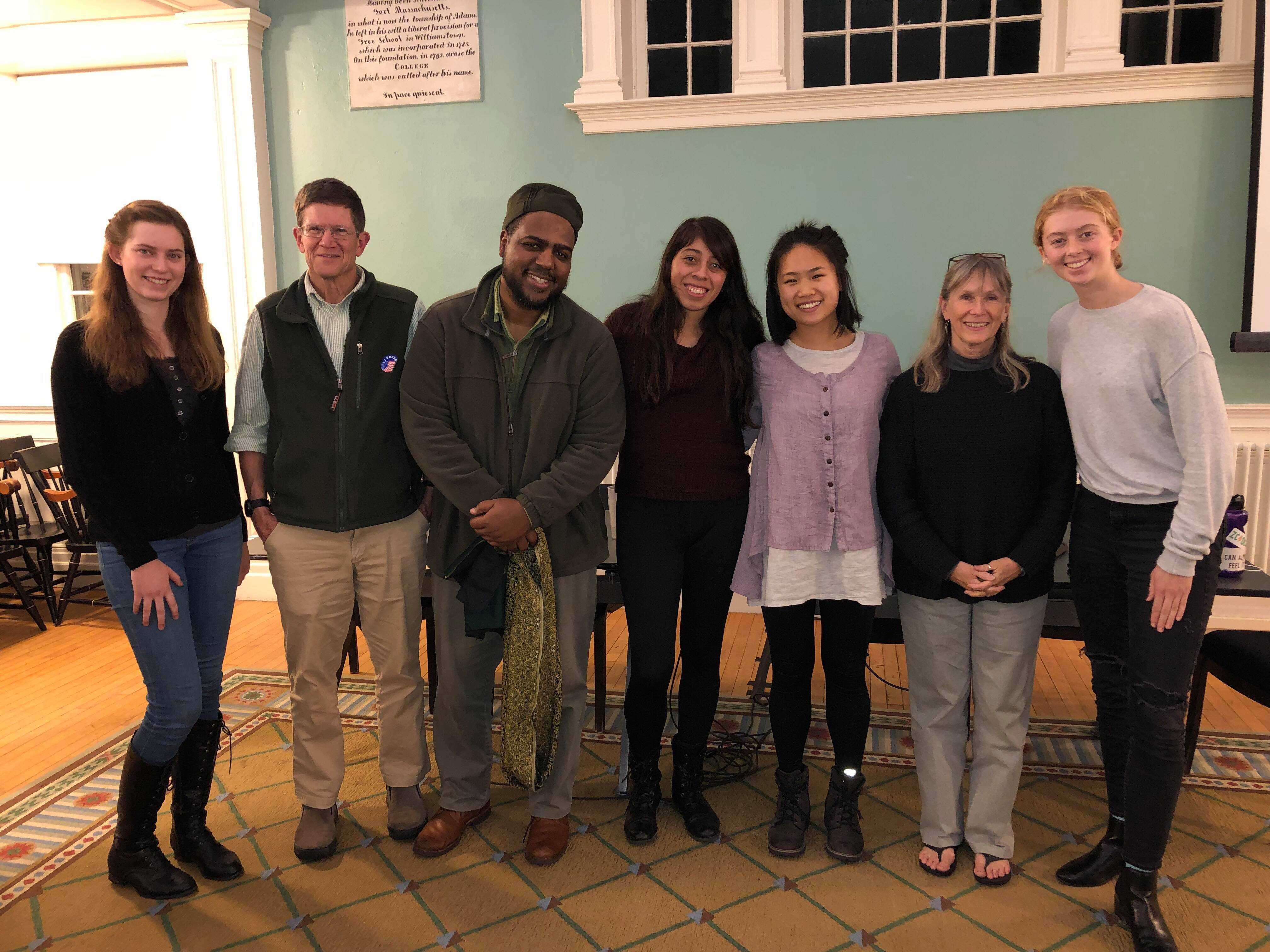
In August 2011, tropical storm Irene struck Williamstown. The Hoosic River overflowed, flooding lower Cole Field. With over eight feet of floodwater, only the backboard used for soccer practice remained above water. Some students decided to bring out their kayaks. According to Bilal Ansari, assistant director of the Davis Center (DC), and Hank Art, director of the Center for Environmental Studies (CES), every home in the Spruces Mobile Home Park was ruled uninhabitable, and 226 residents were forced to find alternative housing. The immense flooding of 2011 was the starting point for a discussion on the intersections between climate change, community resilience and environmental justice at the College and the town.
On Nov. 6, the Williams Environmental Council members Amber Lee ’21, Elizabeth Bigham ’21 and Maya Spalding-Fecher ’21 co-organized a panel that featured several voices from the local community: Senior Planner for the Berkshire Regional Planning Commission Lauren Gaherty, Ansari, Art and Jessica Muñoz ’19.
Throughout the panel, speakers highlighted their work to address the effects of climate change. At the College, Muñoz has worked with various groups, in particular the Climate Adaptation Committee, to discuss how the College can combat the effects of climate change. Similarly, Ansari has been involved at the intersections of environmental and social justice through the DC. On a larger scale, Art has been working through the Design and Review Committee to enforce architectural standards. “How do we maintain a campus while the environment is changing?” Art asked. In his time at the College, he has seen the 100-year floodplain on Cole Field filled four times. “We need to be cognizant that the 100-year rain events and floods will probably happen in two-year intervals,” he said. With multiple houses located on the low-lying river banks, he added, “We need to plan so that we do not put people’s lives in danger.”
Although Williamstown is a designated green community, with over 65 homes taking advantage of solar panels, there is still work to be done. To this end, the Adaptation Committee of the Zilkha Center and the Campus Environment Advisory Committee are looking into solutions to climate change. “We are here for four years, and it seems as though climate change will not affect us,” Muñoz said. “However, students who live on campus over the summer can speak to rising temperatures, and sport teams are aware of the damage of floods on Cole Field.” As a community, we need to address the fact that our campus is under-resourced and energy inefficient; we need to ensure that in the future the College is more resilient.
Through the Berkshire Regional Planning Commission, Gaherty collaborates with municipal governments to help mitigate climate change with a focus on promoting public safety and public health. These solutions require funding, which can sometimes be difficult to obtain, since half the budget is allocated towards schools and education planning. “Public safety and public works are only 18 percent [of the budget], so it is difficult to tackle these problems,” Gaherty explained. Another aspect of the commission is updating the information on floodplains, especially since many buildings are now well within the floodplain area. “[One solution is] to retrofit the buildings or elevate them so that residents can keep their properties.” The focus should be on the future. “This is what colleges and the young generation can work on,” Gaherty said. “We need to do things differently, learn from the past … and adapt.”
The town and College are intricately intertwined in climate resilience, and both Ansari and Muñoz stressed the importance of student voices at town meetings. “We need to know who sits on the Williamstown town boards; we need to know who is representing our concerns,” Ansari said. In the upcoming months, Williamstown will be updating its hazard mitigation plan concerning naturals disasters and weather events, and there will be public forums for discussion and debate.



